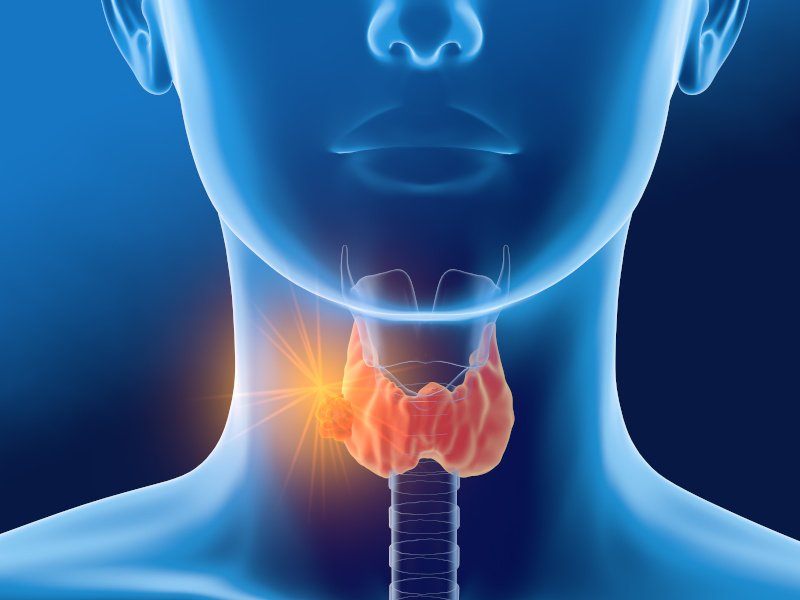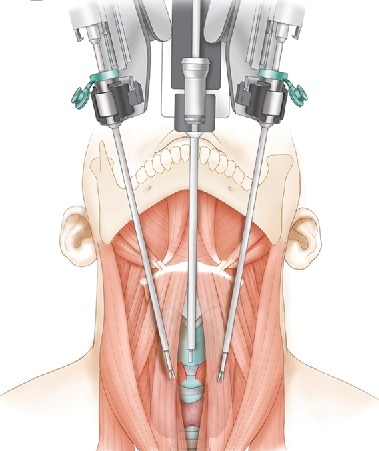

The thyroid is an important endocrine gland located in the anatomical area of the cervix. Many diseases, whether benign (Graves, Hashimoto) or malignant (papillary carcinoma) affect a large part of the population and often require surgical removal.
Orally without incisions and unsightly marks on the throat it can now be done with the new method of transoral endoscopic thyroidectomy (TOETVA).
Endoscopic transoral access is the new pioneering and innovative method for the treatment of not only diseases of the thyroid gland and parathyroid glands. It is widely accepted and tends to replace both traditional thyroidectomy with cervical incision and previous thyroidectomy methods.
Prerequisites for applying the new method are:
- Thyroid gland diameter should be up to 10cm
- The largest node up to 6 cm
- Benign tumor
- Multinodular goiter
- Hashimoto's thyroiditis
- Suspected of malignancy nodules up to 2cm
The method is contraindicated in:
Patients with previous cervical surgeries
There is a presence of metastatic lymph nodes outside the central compartment
Large diving goiter
The operation is performed under general anesthesia (usually rhinotracheal).
It is performed using conventional endoscopic tools through three trocars placed on the lower lip of the body. The anterior cervical space is prepared from the lower jaw to the sternal incisure. The chest is extracted in a special sac. The use of ultrasound energy and the use of a neurostimulator are of major importance for safe intra-operative hemostasis and preservation of the laryngeal nerves. The patient is discharged from the hospital the next day.
Transoral endoscopic thyroidectomy (TOETVA) is a safe and innovative method. The basic prerequisite is the performance by a surgeon with excellent knowledge of thyroid surgery and advanced endoscopic techniques with the appropriate training and certification.
 English
English  Ελληνικά
Ελληνικά 